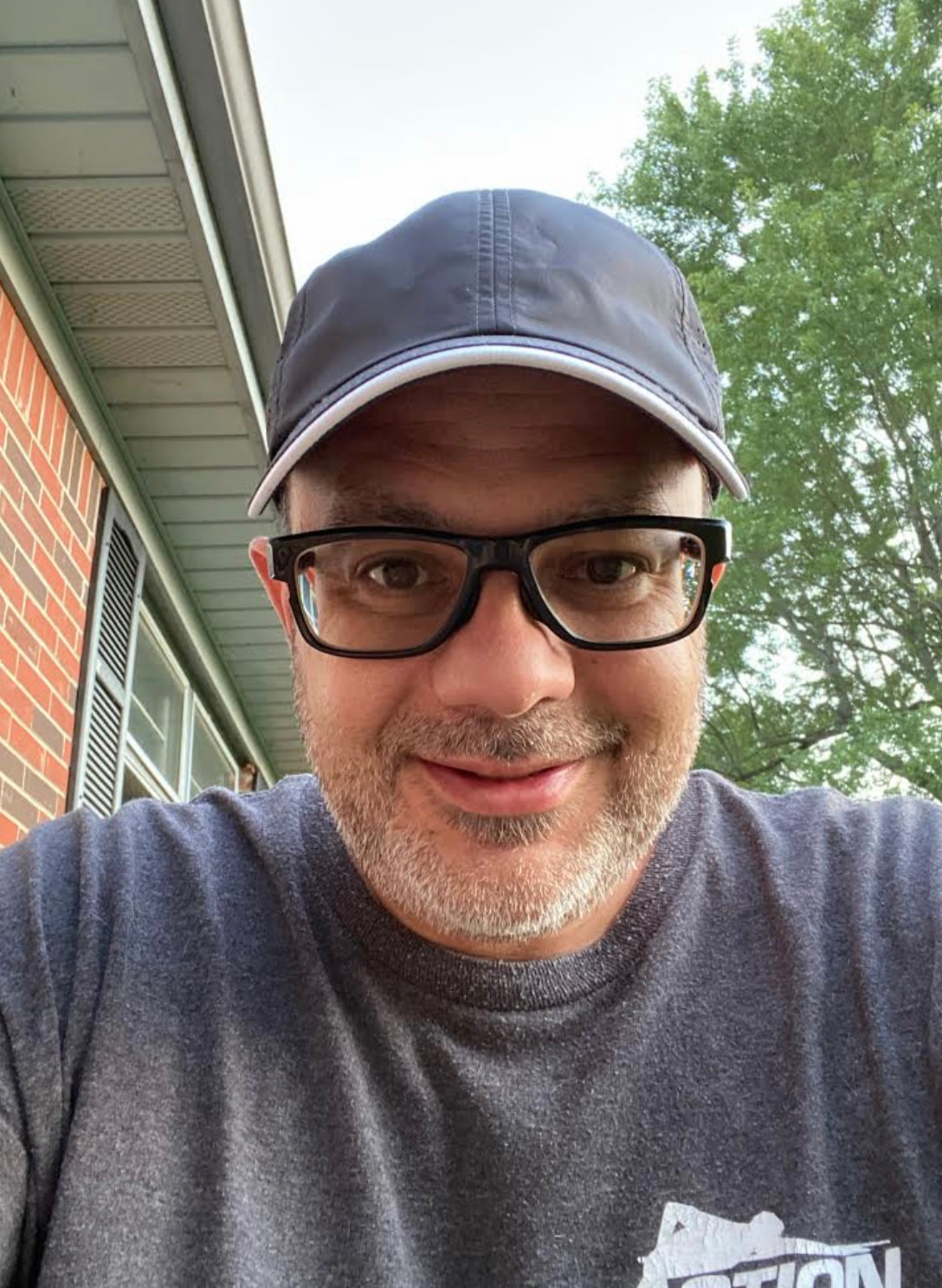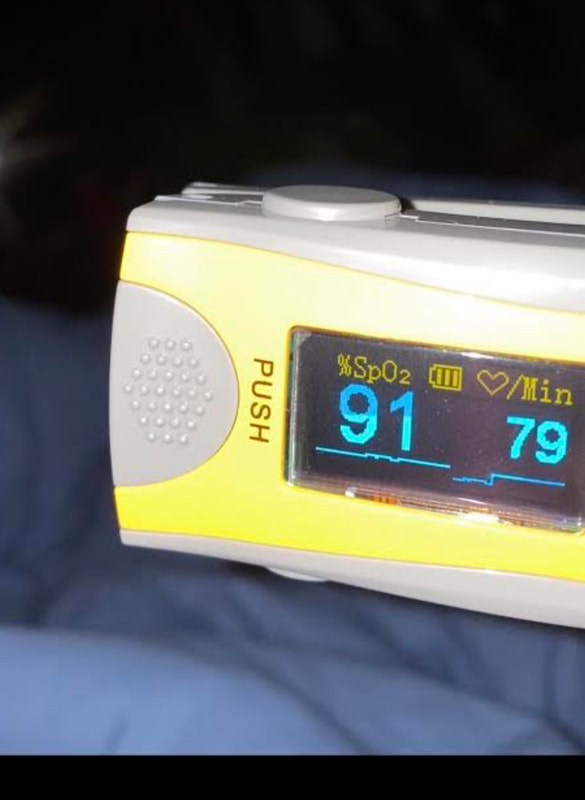|
COVID-19 war stories are being shared as people begin to recover from the elusive disease. One of the most interesting comparisons are the symptoms associated with each positive case. Some of the more common symptoms include fatigue, sore throat, cough, shortness of breath, and fever. Others experience more flu-like symptoms such as muscle aches, chills, nausea or vomiting. One of the more peculiar symptoms is the sudden onset of hyposmia or anosmia (decrease in smell).
As more is learned about severe acute respiratory syndrome coronavirus 2 (SARS-CoV-2), the inability to smell or taste can be an early indicator of the disease. Interestingly, this may be the only symptom an otherwise asymptomatic person exhibits. Sicker patients that need to be hospitalized are experiencing the loss of taste and smell more frequently. As the percentage of patients increases, so does the need to study this phenomenon. As of June, olfactory dysfunction is now included as diagnostic criteria for COVID-19 patients. Local resident Carlos Chavez experienced something quite different from the typical symptoms, at least at the onset. His story begins here. For Chavez, COVID-19 felt like a heart attack and he explained the events that led to his positive diagnosis. It was a Monday morning and Chavez was working from home. The day was like most other days but he was more tired than usual. “It was a Monday so I figured it was just one of those Mondays,” he said. The next day, he worked from home and had plans to attend his daughter’s T-ball game later that evening. While at the game, he felt tired, anxious, and ‘fidgety.’ His wife, Liz bought nachos at the concession stand for Chavez to have as a snack. “Near the end of the game, my chest was tight and I had the worst heartburn of my life,” said Chavez. His wife is an ER chest pain nurse and thought he might be having a heart attack. He was experiencing shortness of breath, chest pain, fatigue, and tingling in the arms. At first Chavez brushed off the idea of a heart attack. He thought the tingling in his arms might be related to withdrawal symptoms associated with quitting smoking. Just under a month ago, Chavez quit ‘cold turkey’ and was quite proud of his accomplishment. Liz disagreed with his self-diagnosis and insisted they head to the hospital. That evening, Chavez was admitted. It wasn’t until the next day that he was tested for the coronavirus. One hour later, Chavez found out he had tested positive for COVID-19. After hearing he had the coronavirus, feelings of trepidation and dread consumed his thoughts. “My mind went to the worst place. I felt panic and fear. I’ve read horror stories about the virus. The fact that I was a smoker, concerned me the most.” He continued. “I didn’t want to be on a vent. I didn’t want to put my family through watching me slowly decline and potentially die.” Since Chavez was experiencing breathing issues, his oxygen levels were continuously monitored. The hope was to keep levels above 90 but if it dropped, supplemental oxygen would be administered. (Supplemental oxygen is prescribed by a physician to provide the body with extra oxygen needed to support vital bodily functions in the presence of heart or lung disease). Chavez’ oxygen levels stayed above 90 and he was released from the hospital to quarantine at home. The first four or five days, Chavez slept. He said, “I had no energy. It felt like I had the flu times 10”. He quarantined in his bedroom and only exited to use the bathroom or to eat. Chavez said, ”Everyone stayed in their own bedrooms and my wife slept on the couch. We had sanitizer in every room and Liz made the meals. All food and drink tastes the same post-Covid. I didn’t notice a change with my sense of smell. Thankfully, everyone else in the house tested negative.” The contact tracer from the health department checked on Chavez daily. The same questions were asked everyday, “How are you feeling? What symptoms are you experiencing? The health department told Chavez normal recovery time was 10 to 14 days. He was cleared this past weekend. Chavez said he still has breathing problems. “Every day there’s improvement,” he said. “I get tired easy and walking to the end of the driveway to get the mail feels like I’ve walked two to three miles.” He’s back at work. Chavez is network operations manager at Computer Services, Inc. in Paducah, Kentucky. “The first few days it was tough having normal conversations. My throat was sore and my breathing was compromised.” He worked half-days and has plans to gradually ease back into a full work day. After the frightful experience, Chavez is taking extra precautions to stay safe. He said he washes his hands constantly and is still apprehensive about being around people. “I’ve been cleared by the health department but I’m paranoid and never want to go through that again.” Chavez stated that he has no idea where he might have picked up the virus. Other than grabbing lunch at a fast food place and using the pump at the gas station, he hadn’t traveled or attended any large gatherings. In addition, he's ‘masked-up’ and washes his hands regularly. It’s a mystery with limited clues. The virus is as tricky today as it was with the first reported case. The highly contagious SARS-CoV-2 will attack any age, ethnicity, or socioeconomic status. Medical professionals advise the public to follow the science and wear masks, social distance, and wash your hands. Chavez’ tale isn’t cautionary. It’s a ‘real life’ story.
0 Comments
Leave a Reply. |
Written by
Liz Latta Archives
July 2021
Categories |



 RSS Feed
RSS Feed